Visit to the Matsumoto City Former Catholic Church Priest’s House
This is the Matsumoto City Former Catholic Church Priest’s House, located next to Kaichi School.
It used to be the priest’s residence of the Matsumoto Catholic Church. It was supposed to be torn down due to a plan to relocate the facility in connection with the road widening project around Matsumoto Castle. However, in order to protect it as a cultural asset, it was donated to Matsumoto City in October 1989.
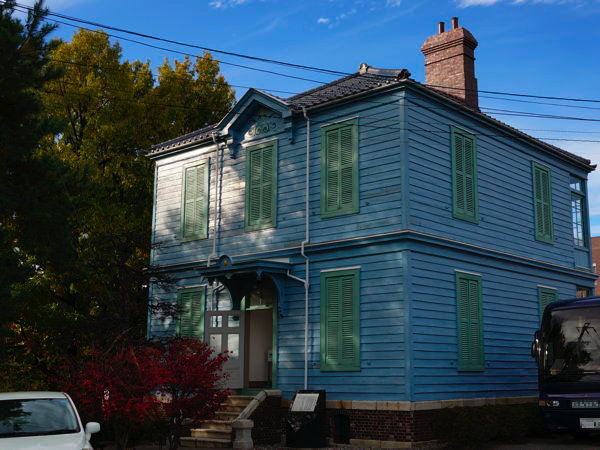
The city decided to relocate it to Kaichi Park, where the former Kaichi School is located, and started dismantling it in 1990, followed by restoration work the following year.
It’s hard to take a picture from the front because of the trees.
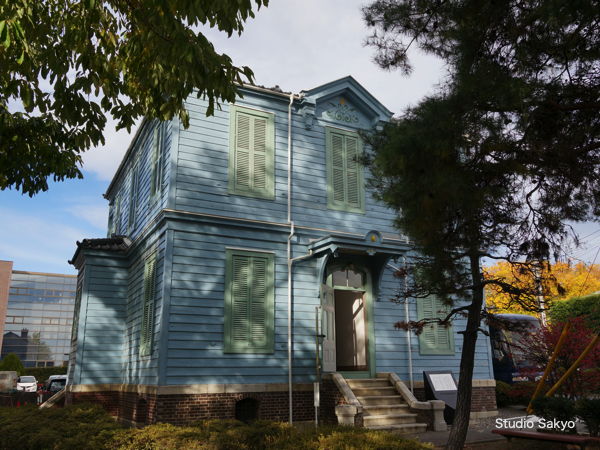
Let’s go inside. The sign says “Free admission".
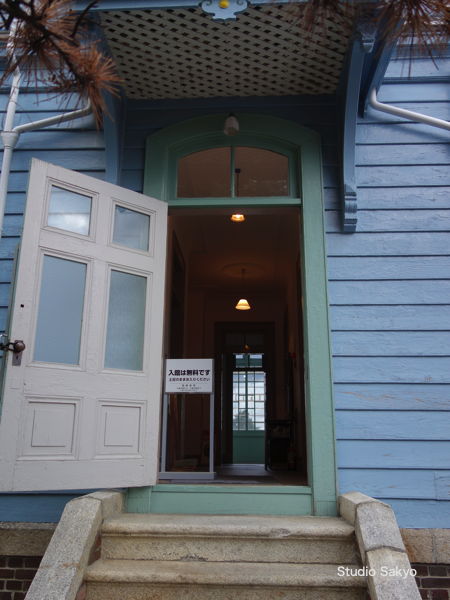
There were brochures inside, and explanatory signs in the former drawing room.
According to them, the building was built by Father Augusta Clément. He was born in France in 1854 and came to Japan in 1878 (or maybe 1979?). He studied Japanese in Tokyo, and arrived in Matsumoto as the head priest in 1887. He designed a house in 1889, and it was built by local carpenters.
And it had been used as the priest’s house.
Father Clément was later active in Kanazawa and Yokohama before returning to France in 1904.
He came to Japan again in 1913 and was assigned to a church in Shizuoka. However, he was found to have esophageal cancer soon after and died in 1914.
There was also another explanation about Father Ceslan in the museum.
Father Gustave Ceslan became the head priest in Matsumoto in 1901. He was mobilized for World War I in 1914, but returned to Matsumoto in 1917 and stayed there until 1928. During his stay in Matsumoto, he worked on the compilation of the Japanese-French Dictionary. Then he moved to Tokyo, where the first edition of the “Japanese-French Dictionary" was published in 1940.
(This dictionary is described as “Japan’s first Japanese-French dictionary" or “Japan’s first full-scale Japanese-French dictionary," depending on the writer, but which is more appropriate? I was confused because the New Japanese-French Dictionary published in 1918 was listed in the Digital Library of the National Diet Library. In the library’s materials, the word “full-scale" is used, but on the cover of the brochure, there is no “full-scale" and it says “the first Japanese-French dictionary in Japan.)

Let’s go to the other room.
This is the dining room. Each room has a fireplace.
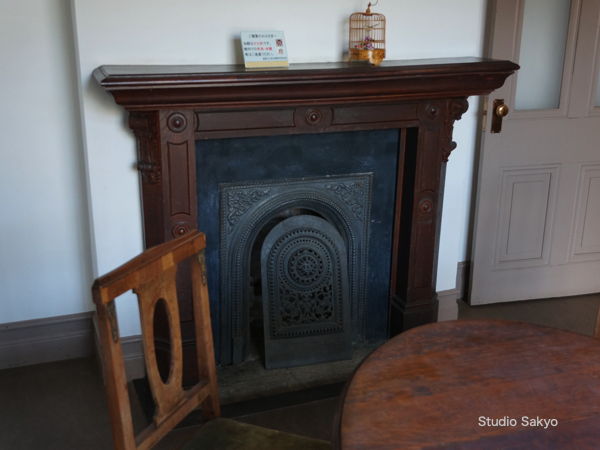
The north side of the building has a glassed-in veranda.
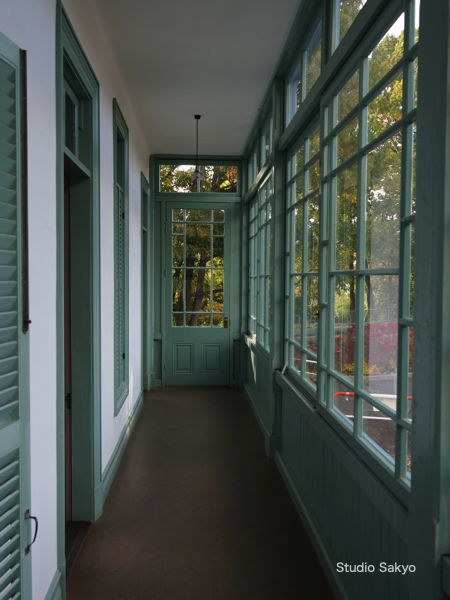
Up the stairs to the second floor.
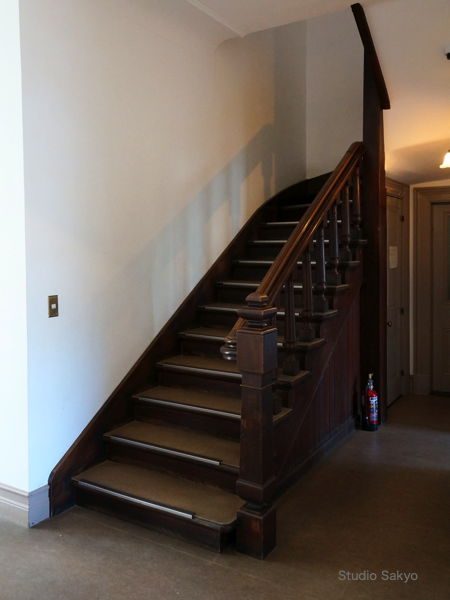
A window of a room on the second floor. This room used to be a bedroom.
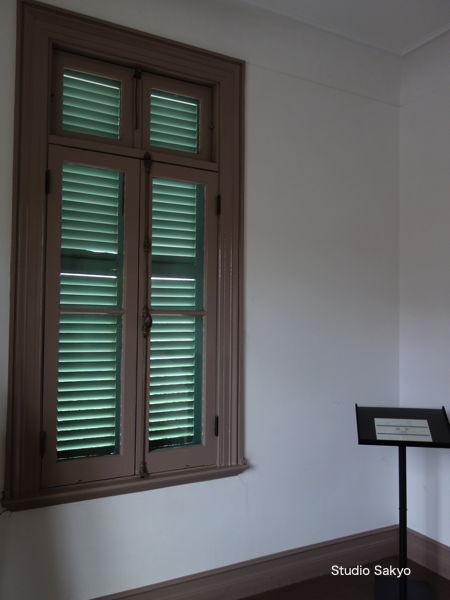
There is also a veranda on the second floor. However, the second-floor balcony was off-limits, so I reached out and took this picture with just my camera on the balcony.
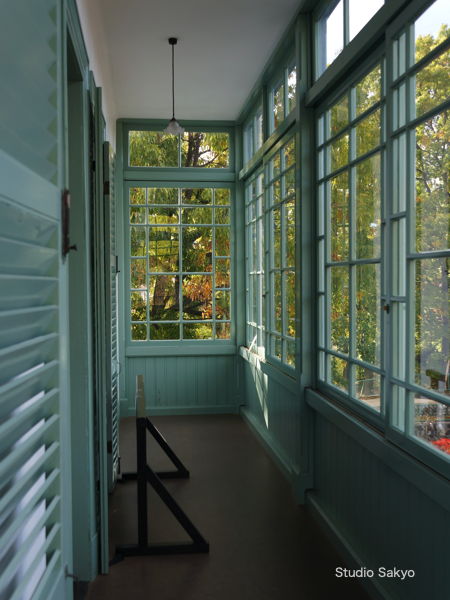
When I turned my face to the other side, I could see the colored trees outside. It’s beautiful.
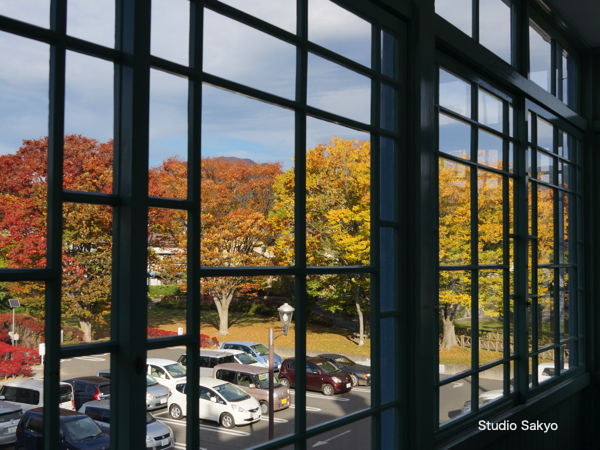
The old priest’t house was designated as a Nagano Prefecture treasure in 2005. It is the oldest missionary building still existing in Nagano Prefecture.
I also took a look around the outside of the building.
This is the opposite side of the entrance, the veranda.
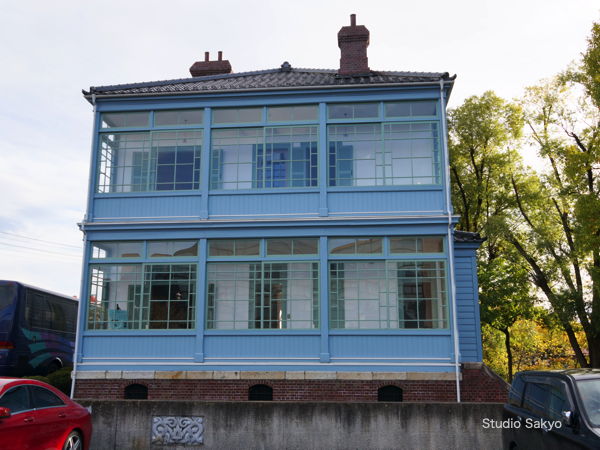
Looking at the building from an angle.
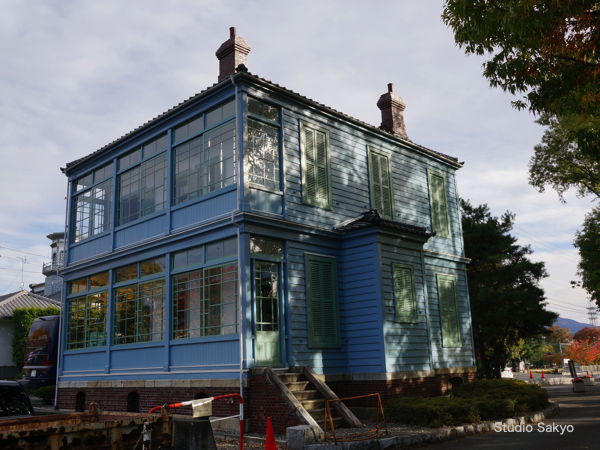
Lastly, I tried to find a photo of the former location of this priest’s house using the “Map and Aerial Photograph Browsing Service" of the Geospatial Information Authority of Japan.
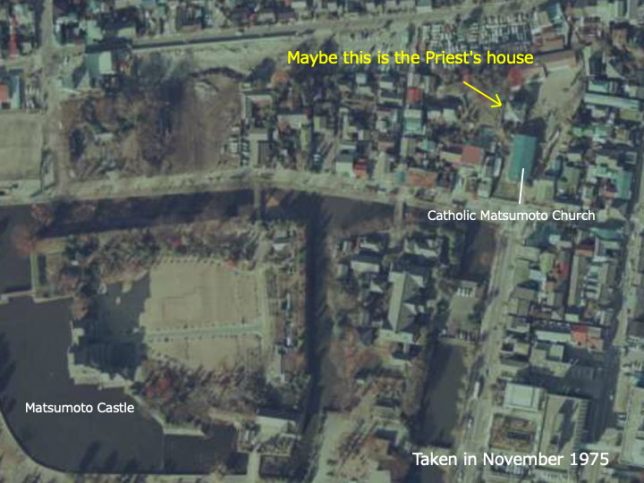
I enlarged the image, so the resolution is a little poor, but I was able to find it. I think it is the building with the yellow arrow.

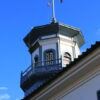
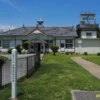
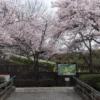
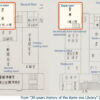
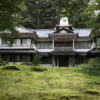
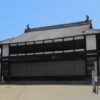
Recent Comments